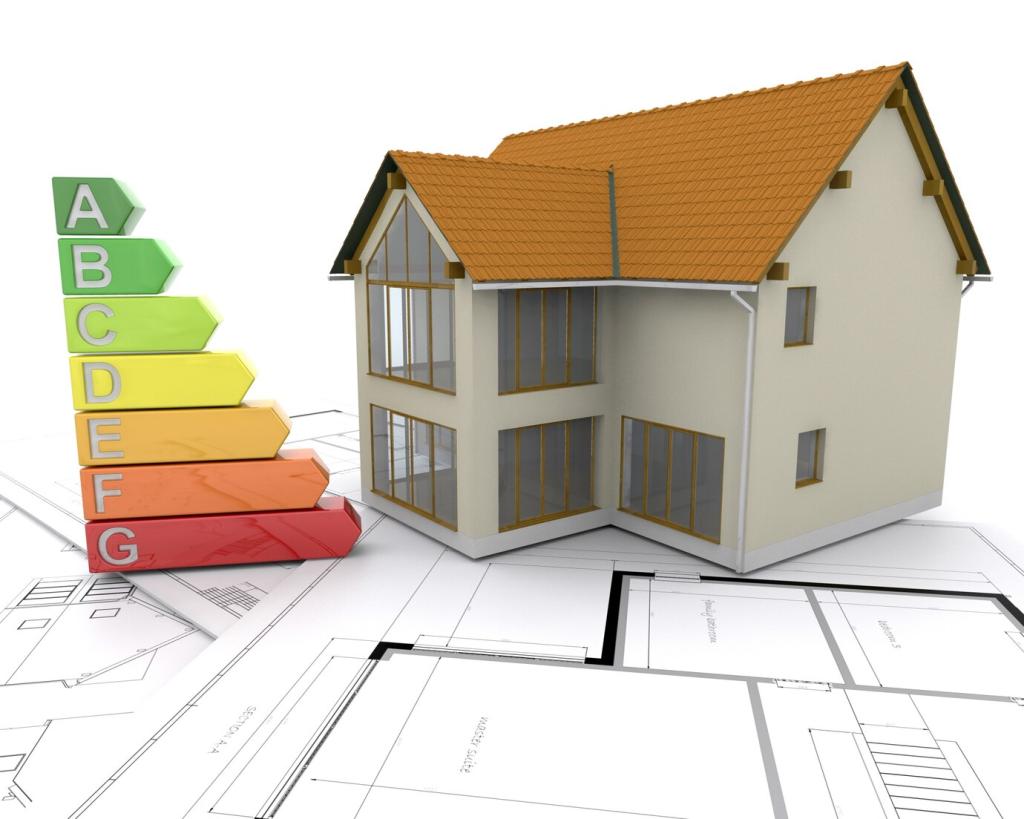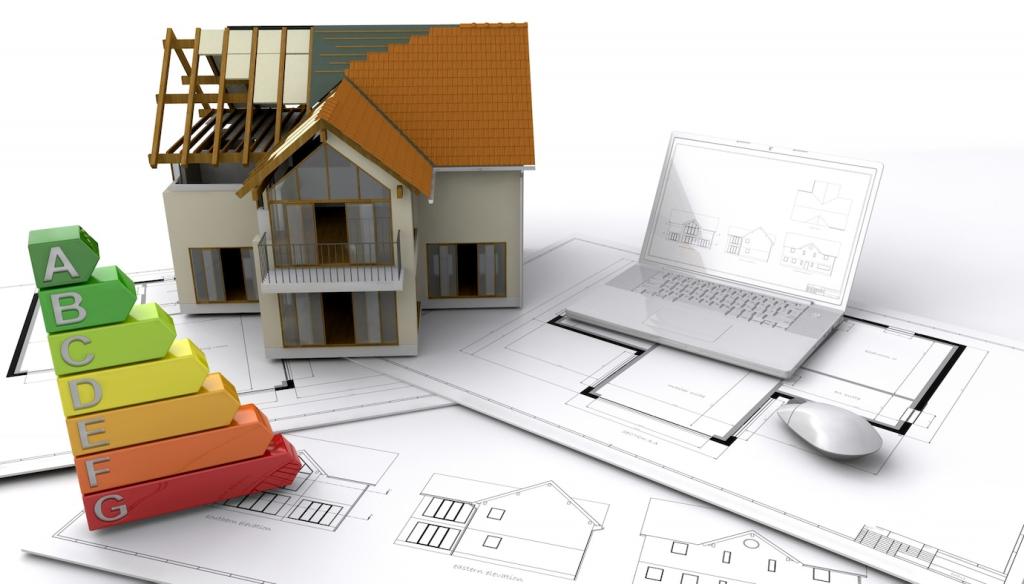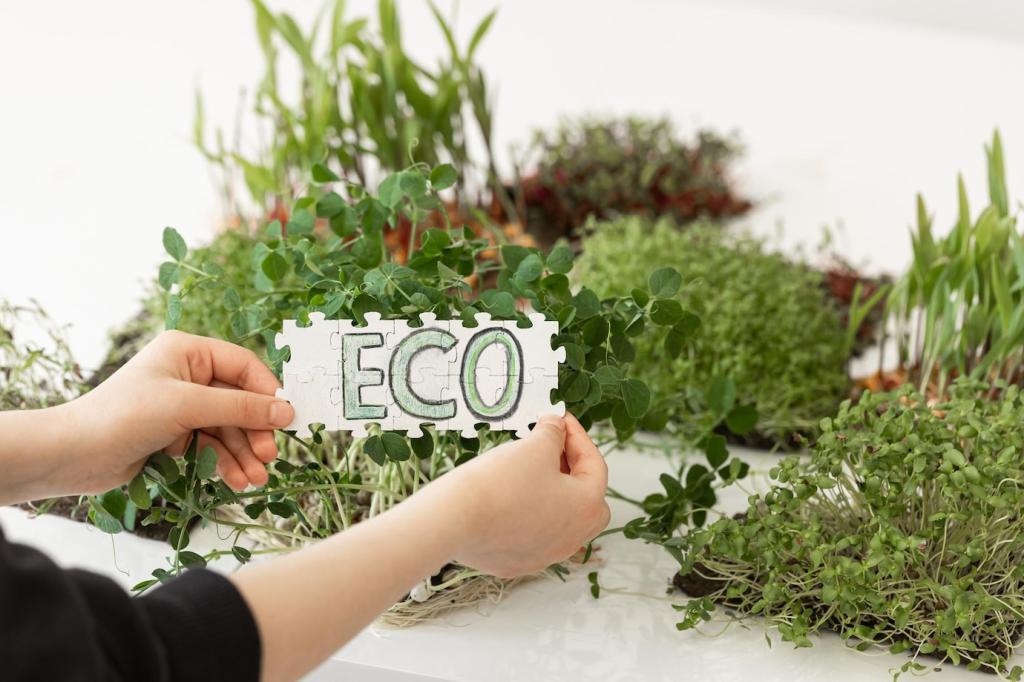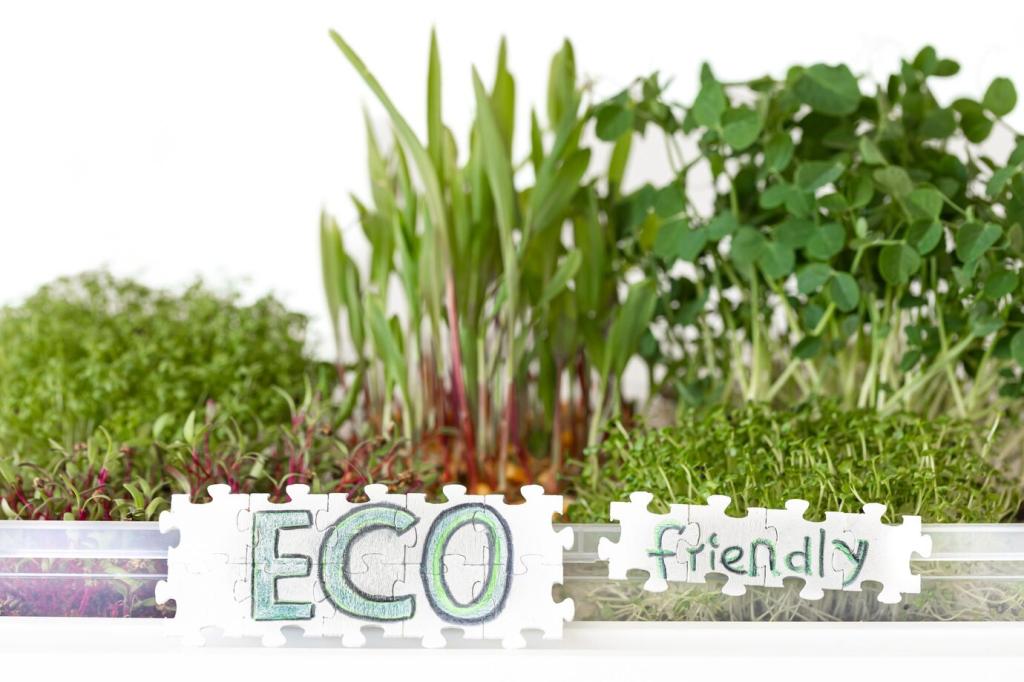
Eco-Friendly Building Materials: Build Smarter, Live Greener
Chosen theme: Eco-Friendly Building Materials. Welcome to a home page devoted to materials that lighten our footprint without sacrificing comfort or beauty. Explore practical ideas, real stories, and future-ready strategies—and join the conversation by sharing your questions, wins, and lessons learned.


Why Eco-Friendly Materials Matter
Embodied carbon comes from extraction, manufacturing, and transport. Swapping Portland cement for blends with fly ash or slag, opting for mass timber, and choosing recycled aggregates can significantly cut it. What substitutions have worked in your projects? Share your results and help others find lower-carbon pathways that still meet performance and budget.
Why Eco-Friendly Materials Matter
Low-VOC finishes, formaldehyde-free panels, and mineral paints reduce indoor pollutants that trigger headaches and asthma. Families often notice the difference within weeks. If you’ve switched to greener finishes, did you feel an improvement? Comment with your favorite brands, surprising pitfalls, or tips for contractors who think clean air is just a marketing slogan.
Top Sustainable Materials to Know
Bamboo can mature in three to five years and some species grow over a meter a day, making it a standout for flooring, panels, and even structural applications. Its strength-to-weight ratio impresses designers. Have you installed bamboo products? Tell us about finishing techniques, humidity control, and any lessons on selecting trustworthy certifications.
Top Sustainable Materials to Know
Steel is infinitely recyclable without significant loss of performance. High recycled content beams and studs cut mining impacts while maintaining precision. Fabricators now provide Environmental Product Declarations to verify benefits. Considering a steel package? Bookmark this page and share regional suppliers you trust, plus tips for negotiating lead times and mill certifications.





Designing for Circularity
Fasteners Over Glues
When panels and floors use screws or clips instead of permanent adhesives, components can be lifted, refinished, and reinstalled. Salvage becomes strategy, not luck. What assemblies have you successfully disassembled? Comment with your favorite hardware systems and how you disguised fasteners without sacrificing future access or strength.
Material Passports and Documentation
A simple spreadsheet or QR-linked database listing product specs, finish layers, and take-back programs makes reuse realistic. Future crews thank you when they know what’s behind the wall. Want a starter template? Subscribe and tell us which fields—hazard content, repair manuals, or EPD links—you consider absolutely essential for clarity.
Salvage Networks That Work
Local reuse centers, online marketplaces, and contractor co-ops can redirect doors, fixtures, and brick from dumpsters to projects. The trick is timing and storage. Which networks are active in your area? Share contact info, pickup tips, and your best scheduling hacks for matching available materials with design opportunities.
Costs, Codes, and Practical Realities
Look beyond sticker price to maintenance cycles, energy performance, and salvage value. Durable siding, mineral wool, and high-quality membranes often repay the difference. What payback thresholds do you use? Tell us how you framed the conversation with clients—or your family—when initial quotes felt daunting but lifecycle math won.

DIY Starts Small, Impact Grows
Low-VOC Paints and Primers
Prep well, ventilate generously, and choose third-party certified low-VOC products. Mineral or plant-based finishes can eliminate lingering odors. Did you notice fewer headaches after repainting? Post your before-and-after shots, and recommend rollers and brushes that worked best with thicker, more natural formulations on tricky surfaces.
Cork Underlayment and Reclaimed Tile
Cork underlayment quiets rooms and adds warmth, while reclaimed tile carries charm and reduces waste. Dry-lay layouts, check thicknesses, and mind transitions between rooms. Have a weekend success story? Tell us which adhesives you used, how you handled edge trims, and whether neighbors noticed the improved acoustics afterward.
Smart Waste Sorting on Site
Set up labeled bins for clean wood, metal, gypsum, and cardboard, and you’ll recover surprising value. Clear signage keeps helpers engaged and mistakes low. What diversion rate did you hit? Join our newsletter, and share the most effective message that convinced your crew to sort rather than toss everything together.
